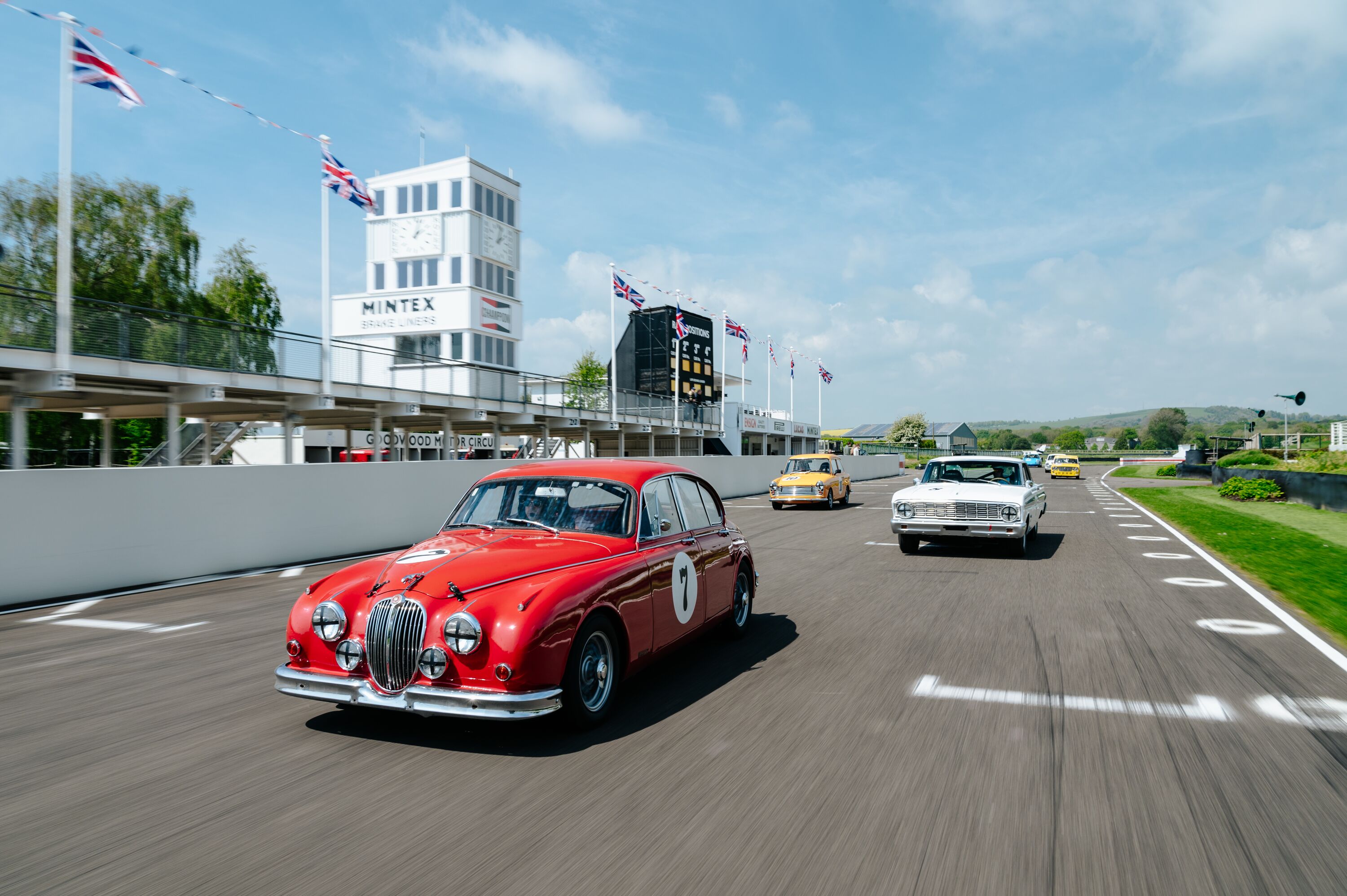A Brawn GP F1 car is up for sale with Bonhams|Cars
Only one team has won the Formula 1 World Drivers’ Championship and the World Constructors’ Championship in its debut season – and that feat is made all the more remarkable by the fact it occurred as recently as 2009. By then, we were well into the era where money and establishment counted for considerably more than pluck and determination.

The team was Brawn Grand Prix and the driver was Jenson Button, so we’re hardly talking about beginners’ luck, but the titles were won by a skeleton team on a very modest budget. It is one of the most remarkable stories of modern F1.
Those white cars, adorned with very few sponsors’ logos, took a one-two victory in the season-opening race at Melbourne, and Button went on to win six of the first seven races with team-mate Rubens Barichello close behind. The secret to that success was Brawn’s double diffuser, which exploited a loophole in the rules to give its car a huge performance advantage. Other teams challenged it, but Brawn continued to win races while their engineers worked to catch up.
Brawn GP had risen from the ashes of the Honda team, after the Japanese manufacturer decided to pull out of F1 abruptly at the end of the 2008 season, in the wake of a global financial crisis. Closing such an operation isn’t simply a case of locking the doors and not coming back, however. It would have cost upwards of $100million to pull the plug, and nobody was coming forward to buy the team.
No prospective owner had materialised by mid-February 2009, and the new season was looming. Nick Fry, a senior manager at Honda F1, and Ross Brawn made the bold decision to take on the team themselves, paying a nominal £1 but also signing up to serious financial commitment. Hasty deals for funding got it over the line, the chassis was redesigned at the last minute and a deal was struck with Mercedes-Benz for engines. The drivers, meanwhile, Button and Rubens Barrichello who were both established members of the F1 grid, took a pay cut to help keep things rolling.
With no title sponsor and minimal personnel, the team, having set an astonishing pace during a single pre-season test, arrived in Melbourne to write the first chapter of the fairytale. Honda engineer Saneyuki Managawa’s discovery of the double diffuser loophole (which used the upper bodywork to increase the diffuser’s volume) made all the difference, and had the established and fully funded teams on the ropes.
By the end of the season, other teams had matched the pace of the Brawns, but early season consistency was enough to secure those historic titles. At the end of 2009, Brawn GP was sold to Mercedes-Benz and the rest is history.
At its Miami sale, Bonhams|Cars is selling the Brawn BGP001 chassis 001/01 with engine number 81. It’s one of only three chassis the team had at its disposal in 2009 and was the first to make a public appearance for its first test at Jerez just over a week before the season started. During that test, Brawn knew it had something special on its hands so ran the cars with a full fuel load and scrubbed tyres to mask their potential. They were still nearly a second clear of the field.
Chassis 001/01 was primarily used by Rubens Barichello for all but the final seven races, and at the end of the season it was gifted to World Champion Jenson Button. It now sits on period-correct Bridgestone slick tyres and has the engine last used at Abu Dhabi. There are no gearbox internals.
When this remarkable piece of Grand Prix history goes under the hammer in Miami, it has an estimate of £3,400,000 to £4,900,000.
Photography courtesy of Bonhams|Cars.
Formula 1
Brawn GP
Bonhams|Cars
Auction
F1















